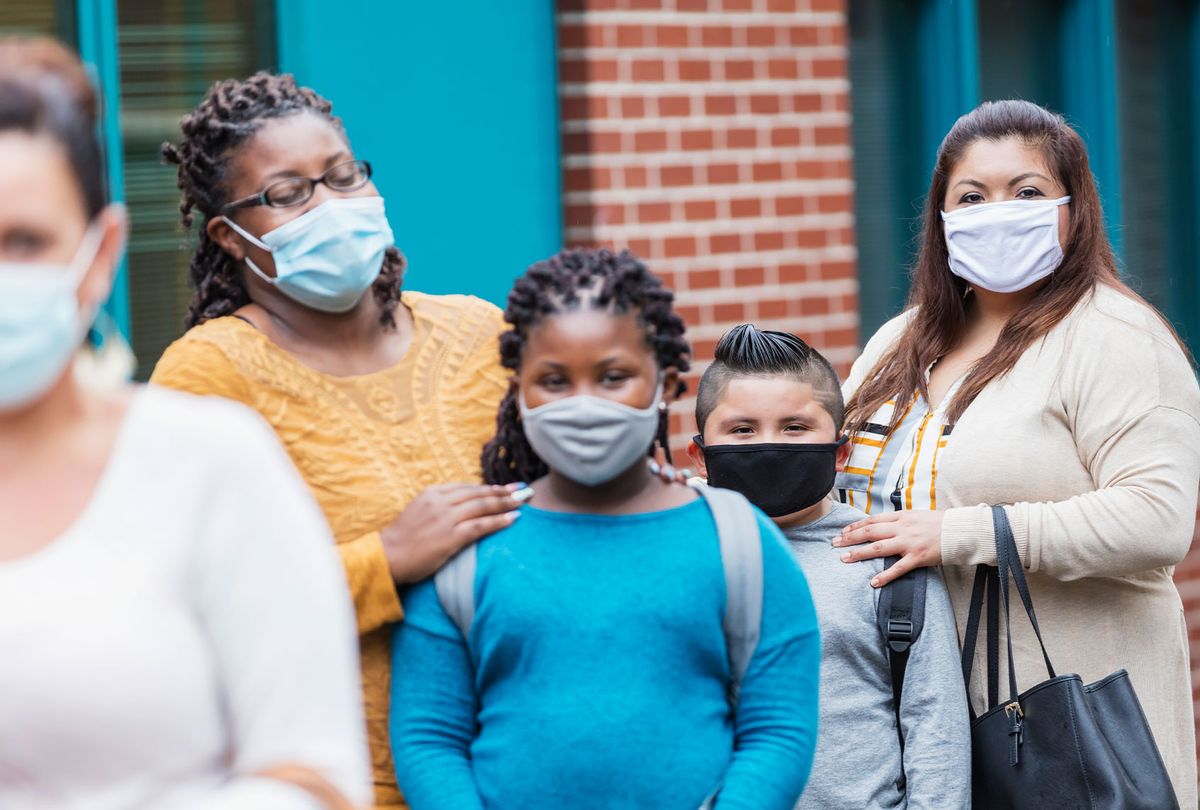National test results released in September 2022 show unprecedented losses in math and reading scores since the pandemic disrupted schooling for millions of children.
In response, educational leaders and policymakers across the country are eager to reverse these trends and catch these students back up to where they would have been.
But this renewed concern seems to overlook a crucial fact: Even before the COVID-19 pandemic, many schools were failing to adequately serve children of color. As a scholar of racial equity in K-12 education, I see an opportunity to go beyond getting students caught up. Rather than focus only on trying to close pandemic-related gaps, schools could seek to more substantially improve the quality of education they offer, particularly for students of color, if they want to achieve equitable and sustainable results.
Studying schools
For more than a decade, I've been conducting research on how schools can successfully serve Black and Latino students. Most of this work has focused on New York City, but what I have learned is critical for any school.
In one long-term study of a citywide initiative targeted at improving outcomes for Black and Latino boys, my colleagues and I collected data across more than 100 schools and through interviews with over 500 school leaders, teachers and students.
Based on this work, I'd like to highlight four critical conditions to improve the success and well-being of students of color.
1. Classrooms that reflect the students they serve
Research shows students do better overall when their teachers and the books students read reflect their race, ethnicity and cultures. Yet statistics show that seldom happens.
Children's books depict nonhuman characters, like dogs and bears, almost three times as often as they depict characters who are Black, four times as often than Asian characters, five times as often than Hispanic characters, and nearly 30 times as often than Indigenous characters.
Moreover, while the teacher workforce remains nearly 80% white, research shows that students who had teachers of the same race had better chances of graduating from high school and enrolling in college.
2. Connection, not control
Students of color are more than twice as likely to be arrested at school as their white counterparts. And Black children who behave in the same ways as white children are twice as likely to be suspended for the same actions.
Many schools have established restorative justice programs, which emphasize repairing harm versus doling out punishment. These efforts can help shift teachers' roles from controlling student behavior to forming connections with young people.
These connections can also be built outside formal classroom environments. Activities such as peer mentoring groups and student-led clubs are good opportunities for cultivating student-faculty connections. In those environments, students are more likely to feel comfortable being themselves and expressing their feelings about both learning and other issues relevant to their lives.
3. Equitable access to academic challenge
Teachers expect less of their Black and Latino students than they do of white and Asian classmates. Black and Latino students are also underrepresented in gifted and talented programs and less likely to be placed in such advanced coursework as eighth-grade algebra or Advanced Placement courses in high school.
When students have less access to rigorous learning opportunities, it can limit their progress in other areas as well. Students are more likely to enroll in college when they have taken four years of math and science. Yet Black and Latino students are less likely to be exposed to more advanced math and science courses, such as calculus and physics.
4. Teacher preparation and support
Teachers need strong preparation to serve an increasingly racially and ethnically diverse student population. But many teacher education programs are not preparing teachers to meet the needs of the students they teach, particularly in schools that primarily serve students of color.
Teachers are required to have ongoing training to keep their subject-matter knowledge up to date. Similarly, school districts could provide ongoing support for teachers to present broader depictions of history and society as part of developing culturally relevant classrooms, which draw on students' backgrounds, identities and experiences.
The current political climate has become hostile to educators who broach topics of race and racism. Teachers may call on principals and other education leaders to shield them from backlash against exposing students to historical or current examples of racial injustice.
As schools seek to address pandemic-related gaps, there is now a unique opportunity to reimagine public education. For many students of color, business as usual wasn't enough. Let's learn from where we've been and aim for better than a return to normal.
Adriana Villavicencio, Assistant Professor of Education, University of California, Irvine
This article is republished from The Conversation under a Creative Commons license. Read the original article.



Shares